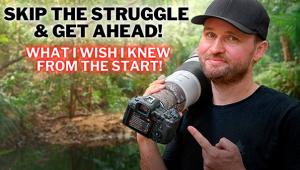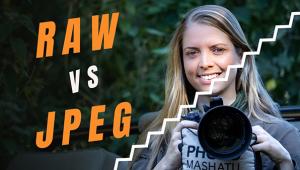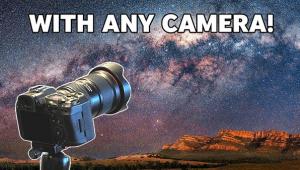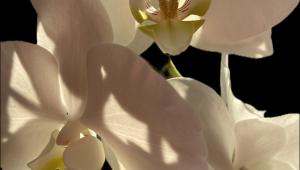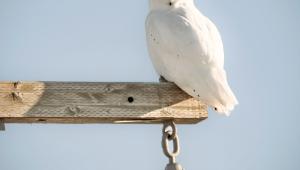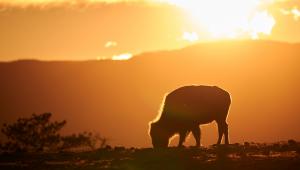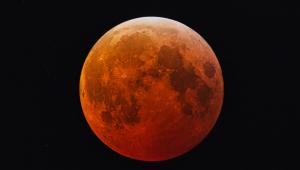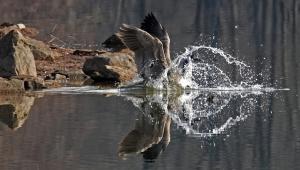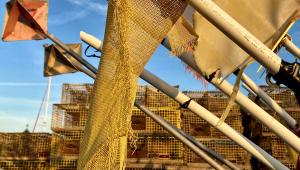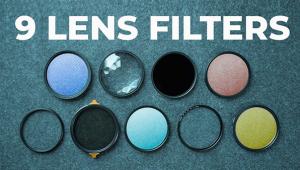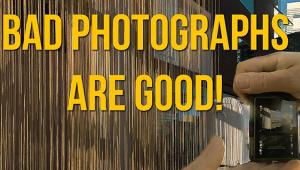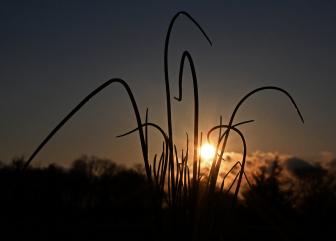Not Using Masks for Better Landscape Edits? Do it Like This (VIDEO)
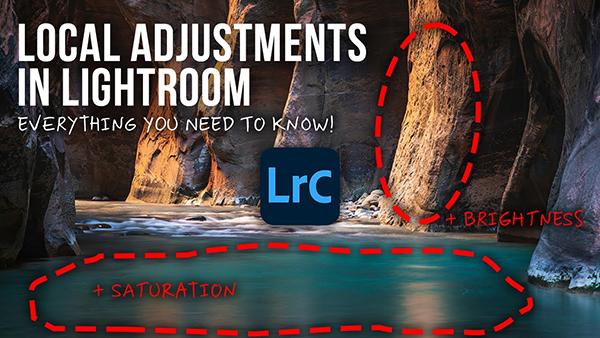
Too many photographers make the mistake of restricting their workflow by employing global adjustments to edit their photos. The problem is that these enhancements affect the image as a whole—thereby greatly limiting the results they achieve. That's because certain areas within the frame often require one approach while others call for totally different enhancements to create photos with balanced exposures and realistic colors.
On example occurs when you cut exposure to deal with an overly bright sky, only to find that the rest of the image becomes darker as well, with crushed shadows devoid of detail. Similarly, if you pump up blue saturation to darken a pale sky, the other areas of the scene become cooler as well—often destroying natural-looking warm tones that add impact to the shot.
This common problem can easily be solved through the use of local adjustments that selectively apply enhancements to exactly where they're needed while leaving the rest of the image alone. Unfortunately, this is an oft-ignored technique because it requires bit of masking that some photographers consider beyond their skills.
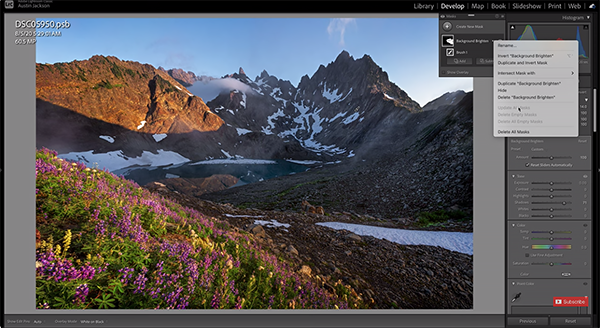
As you'll see in the simple primer below nothing could be further from the truth. Instructor Austin James Jackson explains everything you need to know in the 17-minute episode that will forever change the way you process your work.
Jackson is a young landscape pro based in Utah whose lessons display a fresh approach to post-processing—specializing in straightforward methods that work wonders for photographers of all skill levels. Today he walks you through a step-by-step masking method that he says is "one of the best techniques that can help you create better-looking photos."
Jackson demonstrates how simple masks enable you to selectively add contrast, modify exposure up or down, pull detail out of highlights and shadows, and bring specific colors to life. The idea is to so without negatively affecting other portions of an image that look fine as is (or require totally different adjustments).

After following Jackson's advice you'll probably have two quick reactions: 1) This is much easier than I thought; and 2) My landscape photos look better than ever and I wish I would have tried this sooner. You can find more helpful pro tips and tricks by paying a visit to Jackson's instructional YouTube channel, so make a point of doing that when you have tine.
We also suggest watching the tutorial we posted recently from another accomplished pro who really know her stuff, explaining a better to organize your images for quick access using one Lightroom "master catalog" or multiple catalogs depending upon your specific needs.
- Log in or register to post comments
